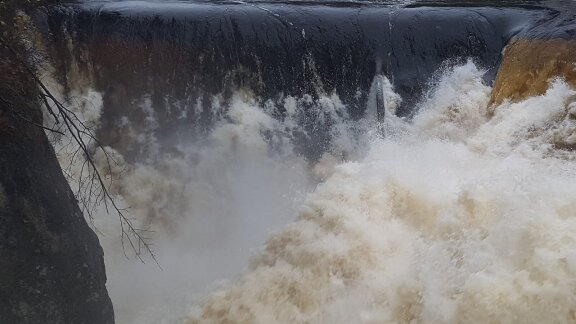Hydropower — energy transition wildcard
February 7, 2023
With its more than 1,650 hydropower plants, Norway has more mountain power plants of all sizes installed than any other country in Europe plus over a century of experience designing, building, installing and maintaining turbines. Digitally controlling the storage and release of all that power can make hydropower flexible enough to cover the changing needs of today’s strained power grids.
The responsiveness of modern hydropower will be vital to producing green hydrogen and stabilizing energy supplies from wind and solar. Digital retrofits and new installations are seen as vital enablers of the energy transition.
In 2022, Aker Solutions acquired a high-tech hydropower business that offers newbuild turbines, upgrades and digital controls to help utilities and clean-energy developers maximize the control of water and hydropower. The acquisition was timely: a Norwegian Government Energy Commission report points to a heap of societal benefits — energy savings and surplus power to cover economic growth — if hydro generating capacity is expanded or upgraded.
Rainpower effect
“A majority (of the Commission) believe the government should enter into voluntary agreements on the development of 7 TWh of new hydropower, including various degrees of upgrades for existing installations,” the February 2023 report says. If hydropower was upgraded and expanded, then Norway could produce up to 10 TWh of electricity by 2030, the Report’s authors say.
Researchers at NTNU in Trondheim suggest upgrades alone could give Norway 15 percent more energy capacity. The Norwegian Water Resources and Energy Directorate, meanwhile, says upgrades and maintenance of existing hydro plant alone could cost NOK 110 billion (USD 10.71 billion).
Meanwhile, the EU and Norway have committed to a net-zero economy by 2050, and a hydrogen economy is the hoped-for outcome. Green hydrogen from hydropower — diverted-water hydrolysis and the resultant H2 for power and gas replacement — is seen providing heat and power for industry.
Turbine upgrades
Hydropower outfitter, Rainpower, joined the Aker Solutions family in 2022 after building a service organization for power customers from Europe to Asia. Rainpower’s work for hydropower developers puts its people at the heart of Norway’s long, hydroelectric history.
Aker Solutions’ new hydropower facility has been earmarked sizable fabrication space at what customers have called “the most modern workshop in the world” — a 4,000-square-meter fabrication hub at Tranby, Norway. Milling operations and access to Aker Solutions pumps and power solutions expertise will augment an already formidable product line of newbuild turbines and digital controls.
The business of refurbishing client turbine runners and valves will continue apace.
“The market isn’t all about greenfield,” says Simen Vogt-Svendsen, Aker Solutions Head of Hydropower Technology. “In Europe, the average age of hydropower plants is more than 40 years.
So, offering a refurbishing process and turbine upgrades are what hydro customers are being offered. “We want the scope of work to be set by the customer during a discussion on how to optimize the installations and bring things into our workshops.
It could be paint, a newbuild part (as a turbine runner) or parts removed and refurbished” he says, adding, “The final process is installation at the site.”
Flexibility controls
The new Aker Solutions hydropower plant is of mainly of high- and medium-head type, where water is funneled and transformed into rotational force to drive a generator.
About 15 percent of installed renewable power in the world is driven by running water. “That’s because of its amazing flexibility,” Simen says. “It’s flexible on when to produce, and our products enhance that flexibility. That’s how we differentiate ourselves. The flexibility of our turbine technology, governors and control systems do the differentiating.”
In the EU, meanwhile, the building of intermittent renewable energy sources — part of the energy transition — has made clear the need for flexible hydropower to stabilize the grid. Flexible hydropower can balance the grid, offer short “intraday” flexibility or cover power needs for days, weeks or months.
Aker Solutions hydropower offerings of control systems, valves, turbines and upgrades will help solve that challenge of adding flexible power.